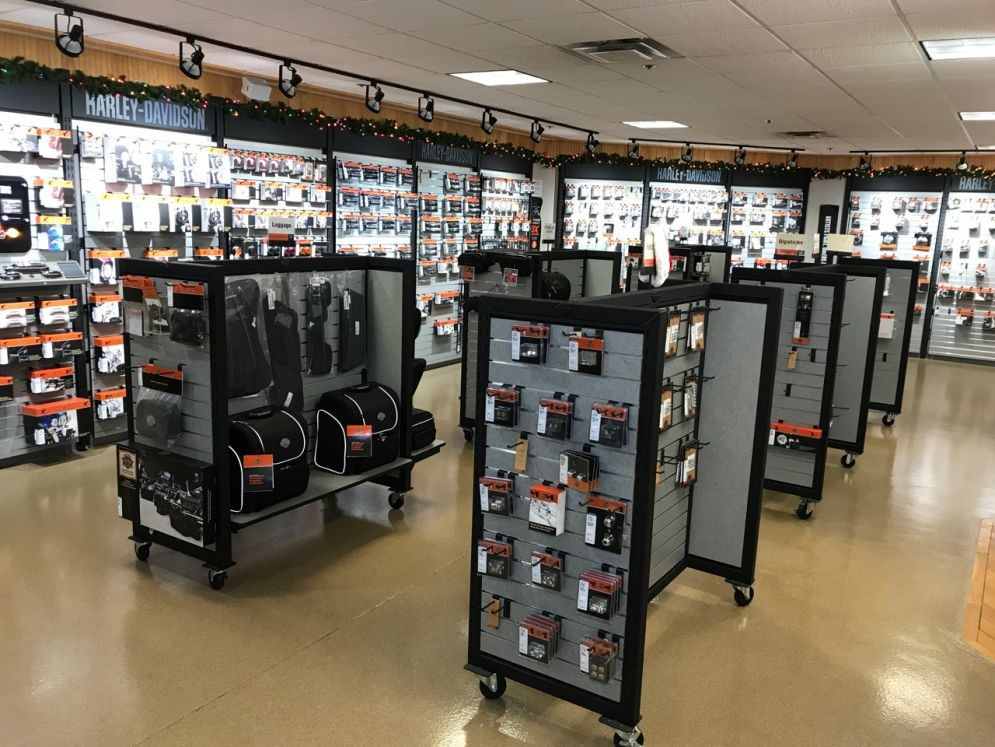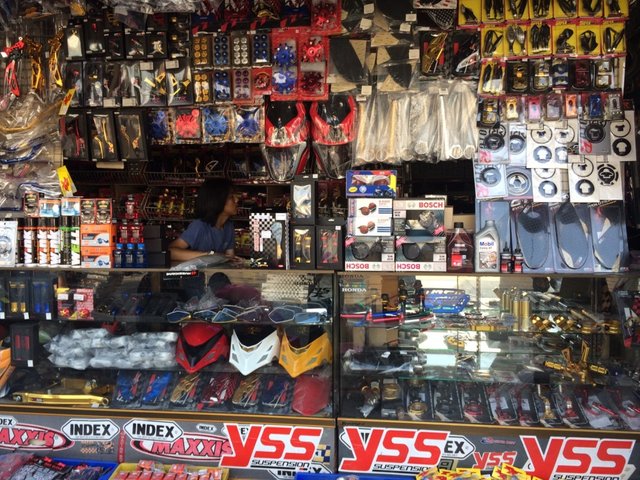Leading MX Gear NZ: Get Ready for Your Following Off-Road Journey
Leading MX Gear NZ: Get Ready for Your Following Off-Road Journey
Blog Article
Comprehending the Vital Components of a Motorbike: A Comprehensive Guide for Lovers
For motorcycle lovers looking to raise their riding experience and guarantee their bikes run smoothly, recognizing the vital elements of a bike is paramount. Each element, from the engine's detailed operations to the critical role of the stopping systems, not only influences efficiency however additionally safety and convenience. This guide will walk via the fundamental parts that every biker ought to know with, making it possible for notified selections in both upkeep and possible upgrades. As we start this expedition, one must ask: exactly how does each element communicate to produce the seamless ride every fanatic looks for?
Engine Components

The camshaft plays a crucial duty in controlling the timing of the engine's shutoffs, making certain the specific opening and closing needed for efficient gas and air consumption, along with exhaust expulsion. This timing is important to preserving ideal engine performance and effectiveness. Additionally, the carburetor or gas injection system, depending upon the motorcycle version, is accountable for blending air with fuel in the appropriate ratio for combustion.
The air conditioning system, either air or liquid-based, functions to maintain the engine's temperature within functional restrictions, stopping getting too hot and guaranteeing durability - moto parts nz. Each element, diligently designed and integrated, adds to the smooth procedure of the engine, defining the motorcycle's power outcome and total performance
Transmission System
Essential to the motorbike's capability, the transmission system makes certain efficient power transfer from the engine to the wheels. This system comprises several vital parts, consisting of the clutch, transmission, and last drive, each playing an essential role in translating the engine's power into motion. The clutch, commonly operated by a hand lever, offers to disengage the engine and engage from the transmission, allowing for smooth gear changes and controlled acceleration.
The transmission, usually referred to as the transmission correct, contains a set of gears that riders can by hand shift through to change the bike's rate and torque result. These equipments are prepared in a series that makes it possible for the motorbike to speed up smoothly and maintain optimum engine efficiency across various rates. The majority of bikes use a sequential gearbox, requiring the rider to change equipments in an established order.
Braking Systems
While understanding the transmission system is vital to harnessing a bike's power, similarly crucial is the capability to control and stop that power successfully, which is where braking mechanisms enter into play. Brakes are vital for safety and security and efficiency, supplying the rider with the required control to navigate various surfaces and problems. Normally, bikes include two sorts you could try these out of braking systems: disc brakes and drum brakes.
Disc brakes are extra widespread in modern bikes because of their superior efficiency. They include a brake disc, caliper, and pads. When turned on, the caliper squeezes the brake pads versus the rotating disc, converting kinetic power right into warmth, thereby reducing the wheel. This system uses far better warm dissipation, consistent performance, and boosted stopping power, particularly in damp conditions.
Alternatively, drum brakes, though less typical, are still located in some motorcycles. They work by pushing brake footwear against the internal surface area of a drum affixed to the wheel. While usually much less effective in warm dissipation and quiting power, drum brakes are less complex and more economical.
Understanding these braking systems' nuances enables motorcyclists to keep their bikes properly and appreciate the design that makes certain safe and effective quiting.
Suspension and Guiding
Suspension and guiding systems are vital components that substantially visit this page affect a bike's handling and adventure convenience. The suspension system, consisting of forks at the front and shock absorbers at the rear, absorbs roadway abnormalities, boosting stability and control. Front forks, upside down or commonly telescopic, compress and rebound to mitigate impacts, while back shock absorbers keep tire call with the roadway, vital for grip and security.
Steering, centered around the handlebars, connects the cyclist to the bike's directional control. The guiding head bearings make sure smooth procedure, enabling accurate maneuverability. Correct placement and upkeep of these bearings are important for predictable guiding feedback and minimizing motorcyclist tiredness.
The suspension's adjustability is another crucial aspect; preload, damping, and rebound settings allow modification to match different riding problems and designs. This versatility is necessary for optimizing performance, whether navigating city streets or tackling sturdy routes. Technologies like digital shock absorber use real-time adjustments, enhancing experience quality throughout diverse surfaces.

Electrical Systems
After making certain a smooth and controlled ride with efficient suspension and guiding systems, focus turns to the electric systems, a critical aspect of modern-day motorcycles. These systems play a critical role not just in beginning the engine but likewise in powering numerous components that improve the functionality and security of the motorbike.
At the heart of a motorcycle's electrical system is the battery, which stores electric energy required for beginning the engine and powering supporting systems - motorbike shop. The generator or generator, coupled with the rectifier-regulator, makes sure the battery continues to be billed while the motorcycle is in operation, transforming power right into electrical energy and maintaining voltage levels
The ignition system, an additional essential component, is in charge of stiring up the air-fuel mix in the engine's cyndrical tubes. Modern bikes frequently use a digital ignition system, providing better efficiency and dependability contrasted to typical systems.
Lighting systems, including headlights, tail lights, and signs, are likewise crucial, making certain presence and safety and security for the cyclist. Added digital elements such as sensors, control units, and displays add to sophisticated functions like fuel injection administration, anti-lock braking systems (ABDOMINAL), and electronic dashboards, even more boosting the riding experience.
Conclusion
A comprehensive understanding of a motorbike's vital components, consisting of the engine, transmission system, braking devices, suspension, guiding, and electrical systems, is crucial for lovers intending to enhance performance, safety and security, and comfort. Mastery of these aspects permits informed choices relating to upkeep and upgrades, eventually enhancing the riding experience. By incorporating this knowledge, bikers can guarantee their bikes run at peak performance and reliability, consequently making best use of both pleasure and long life of their vehicles.
For motorbike fanatics looking to raise their riding experience and guarantee their bikes run smoothly, comprehending the essential elements of a bike is paramount.Essential to the bike's functionality, the transmission system guarantees reliable power transfer from the engine to the wheels.While comprehending the transmission system is key to taking advantage of a motorcycle's power, just as vital is the capacity to manage and stop that power properly, which is where stopping mechanisms come into play. Normally, bikes include 2 kinds of stopping systems: disc brakes and drum brakes.
A comprehensive comprehension of a motorbike's crucial parts, including the engine, transmission system, braking mechanisms, suspension, steering, and electrical systems, is vital for lovers intending to enhance safety, learn this here now comfort, and performance.
Report this page